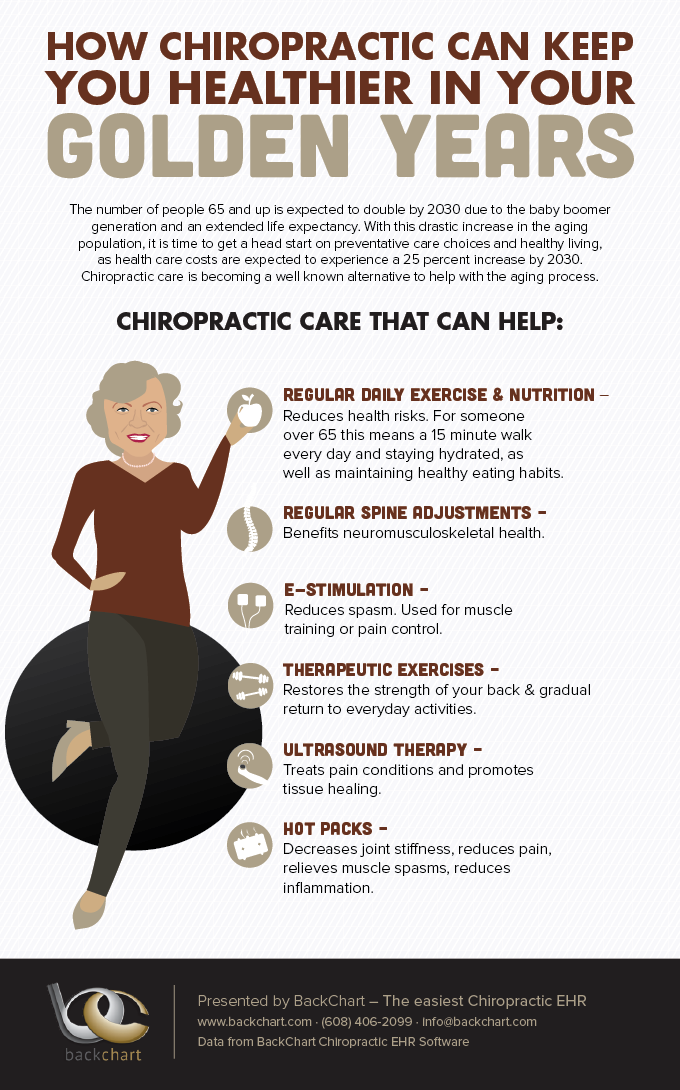The Impact Of Posture On Neck And Back Pain: Methods For Maintaining Appropriate Placement Throughout Daily Activities
The Impact Of Posture On Neck And Back Pain: Methods For Maintaining Appropriate Placement Throughout Daily Activities
Blog Article
Short Article Composed By-McKinley Ritchie
Preserving appropriate stance isn't just about staying up straight; it has to do with straightening your body in a manner that sustains your spine and minimizes the threat of back pain. The means you sit, stand, and relocate throughout the day can dramatically impact your back health. However just how exactly can you make sure great alignment consistently, even during active days loaded with numerous tasks? Allow's dive deeper into the subtle yet impactful adjustments you can make to your day-to-day regimen to keep your back pleased and healthy and balanced.
Importance of Correct Position
Proper stance is important in maintaining a healthy and balanced back and stopping pain. When you rest or stand with excellent stance, your spine remains in alignment, reducing stress on your muscle mass, tendons, and joints. This positioning permits the body to disperse weight equally, preventing extreme tension on particular locations that can result in discomfort and discomfort. By maintaining your back correctly aligned, you can additionally improve your breathing and digestion, as slouching can press body organs and restrict their functionality.
Moreover, preserving good posture can improve your general appearance and self-confidence. When you stand tall with your shoulders back and head held high, you exhibit self-confidence and show up more approachable. Excellent pose can also make you really feel extra energized and alert, as it promotes appropriate blood flow and allows your muscles to work efficiently.
Integrating appropriate stance right into your daily routine, whether sitting at a desk, walking, or working out, is vital for protecting against pain in the back and advertising total health. Bear in mind, a tiny change in just how you hold yourself can make a considerable distinction in exactly how you really feel and operate throughout the day.
Common Postural Mistakes
When it concerns preserving great posture, lots of people unknowingly make usual mistakes that can add to pain in the back and pain. please click the next document of the most common errors is slumping over or hunching over while sitting or standing. This placement places excessive pressure on the spinal column and can lead to muscle inequalities and discomfort over time.
Another common error is overarching the lower back, which can squash the all-natural contour of the spinal column and create pain. Furthermore, crossing legs while resting might feel comfortable, but it can produce an inequality in the hips and pelvis, leading to postural problems.
Making use of a pillow that's too soft or as well solid while resting can additionally impact your positioning and contribute to pain in the back. Finally, continuously craning your neck to take a look at screens or readjusting your placement frequently can strain the neck and shoulders. Bearing in mind these usual postural errors can help you keep far better alignment and minimize the danger of back pain.
Tips for Correcting Placement
To improve your positioning and lower pain in the back, it's vital to focus on making small adjustments throughout your everyday routine. Beginning by bearing in mind your stance. When sitting, ensure your feet are flat on the floor, your back is straight, and your shoulders are kicked back. Prevent slouching or leaning to one side. Usage ergonomic chairs or cushions to support your reduced back.
When standing, distribute your weight evenly on both feet, keep your knees somewhat curved, and tuck in your pelvis. Involve your core muscular tissues to sustain your spine. Take breaks to stretch and walk around if you have an inactive task. Incorporate exercises that enhance your core and back muscles, such as planks or bridges.
While sleeping, utilize a cushion that sustains the natural contour of your neck to preserve correct spinal alignment. Stay clear of sleeping on your belly, as it can stress your neck and back. By being mindful of these suggestions and making small modifications, you can progressively remedy your alignment and alleviate pain in the back.
Conclusion
Keep in mind, maintaining great pose is crucial to stop neck and back pain and advertising spinal health. By being mindful of your placement, dispersing weight equally, and engaging your core muscles, you can decrease stress on your back and lessen the danger of pain and injury. Include ergonomic assistance, take routine breaks to stretch, and reinforce your core and back muscles to preserve correct placement throughout the day. Your back will thank you for it!
